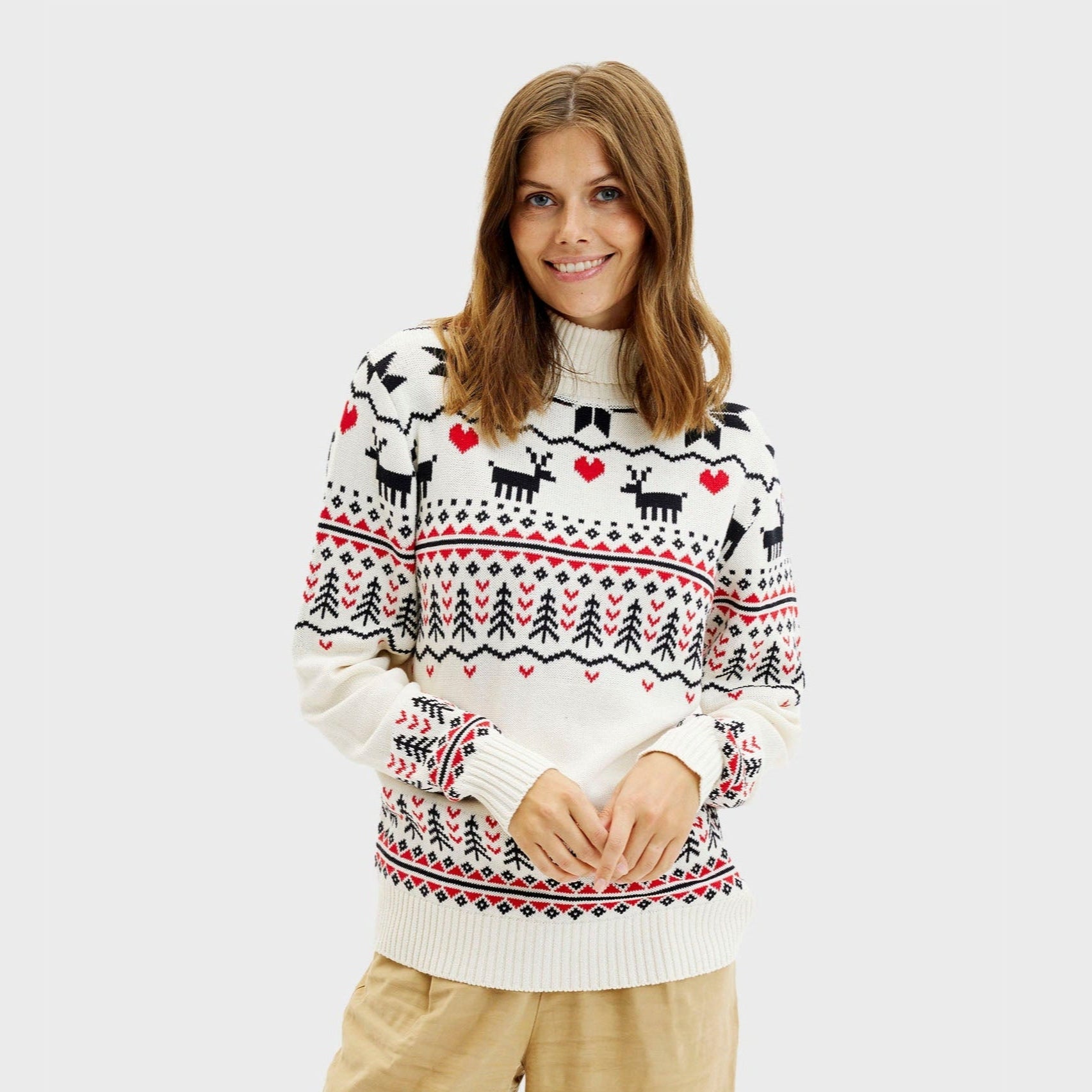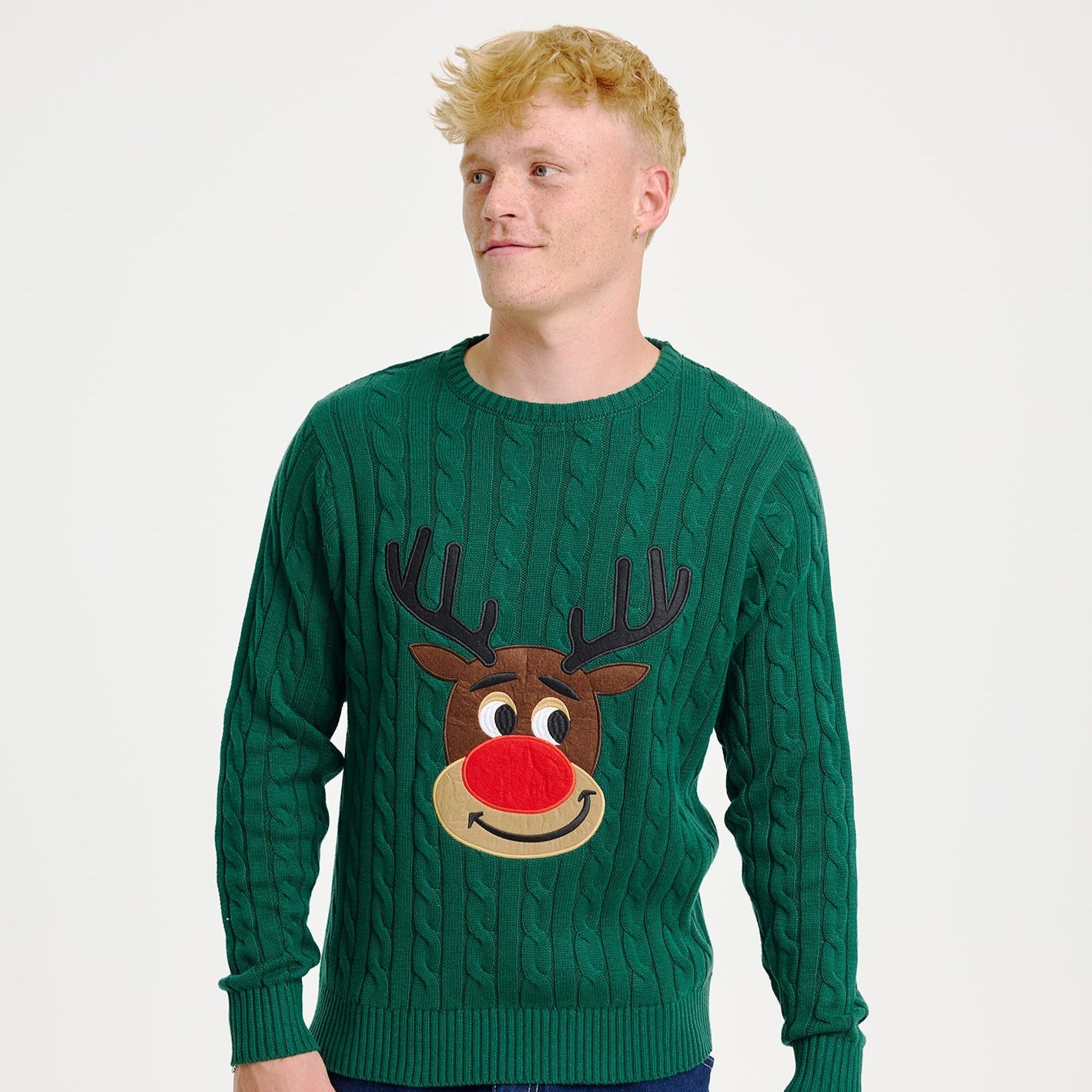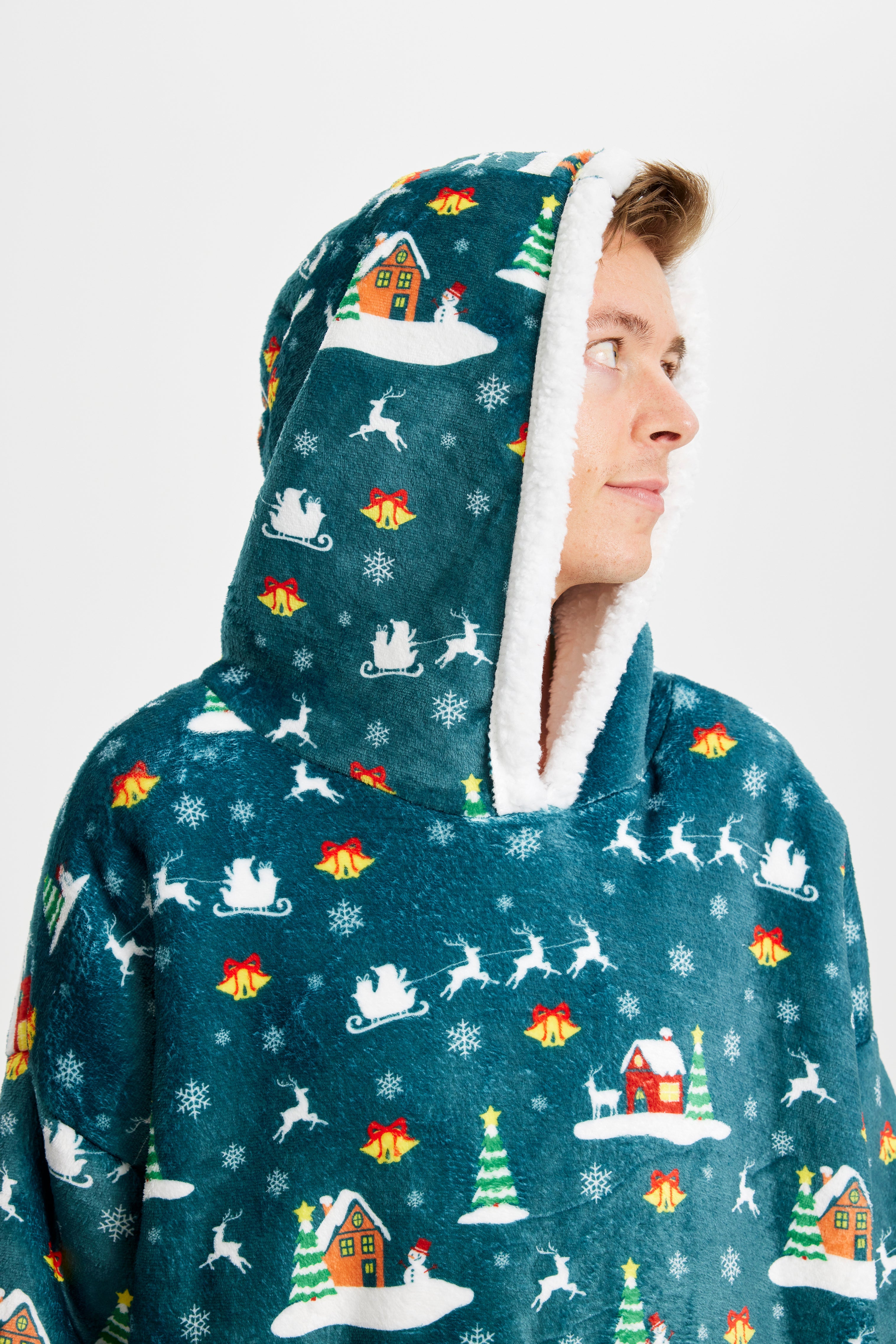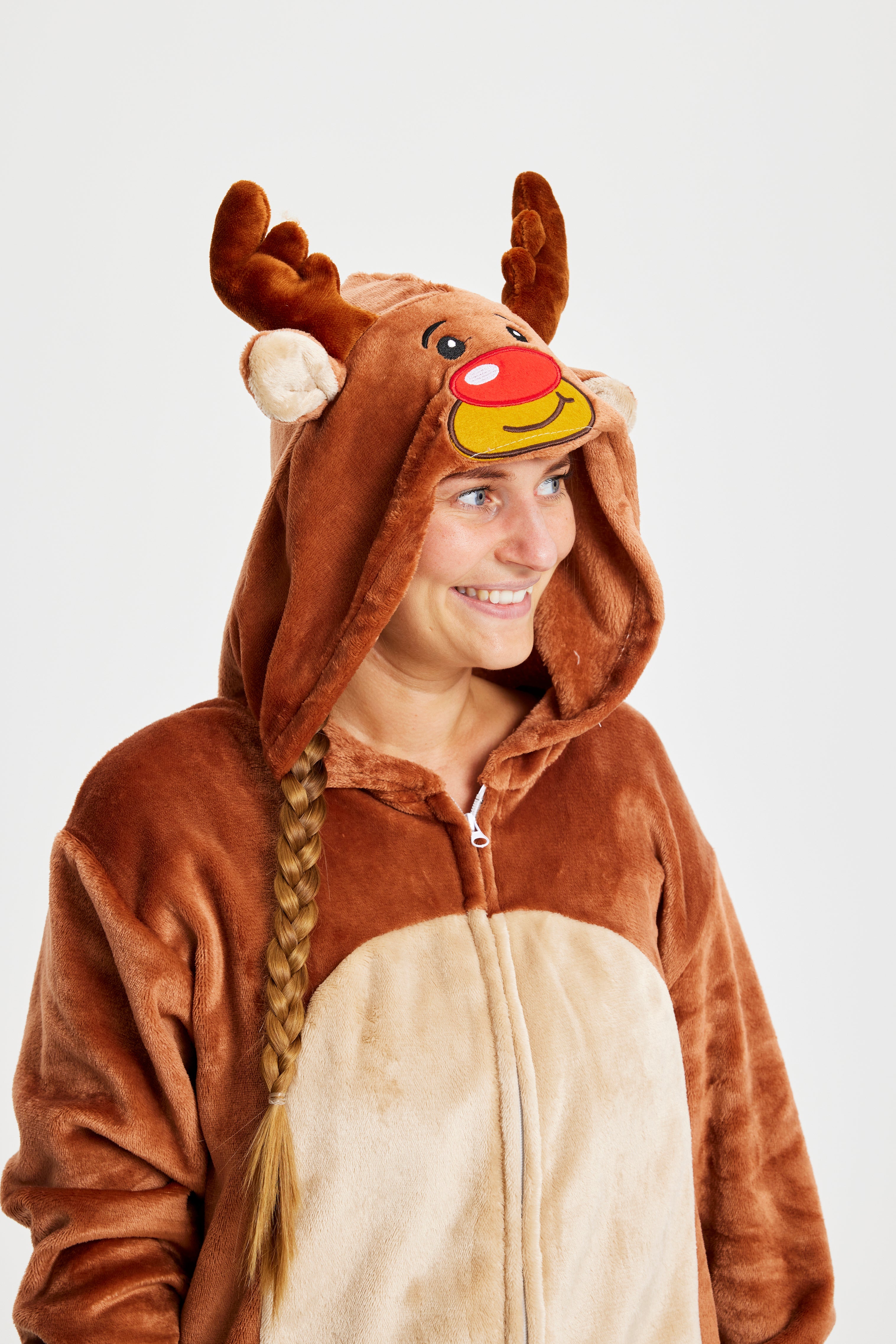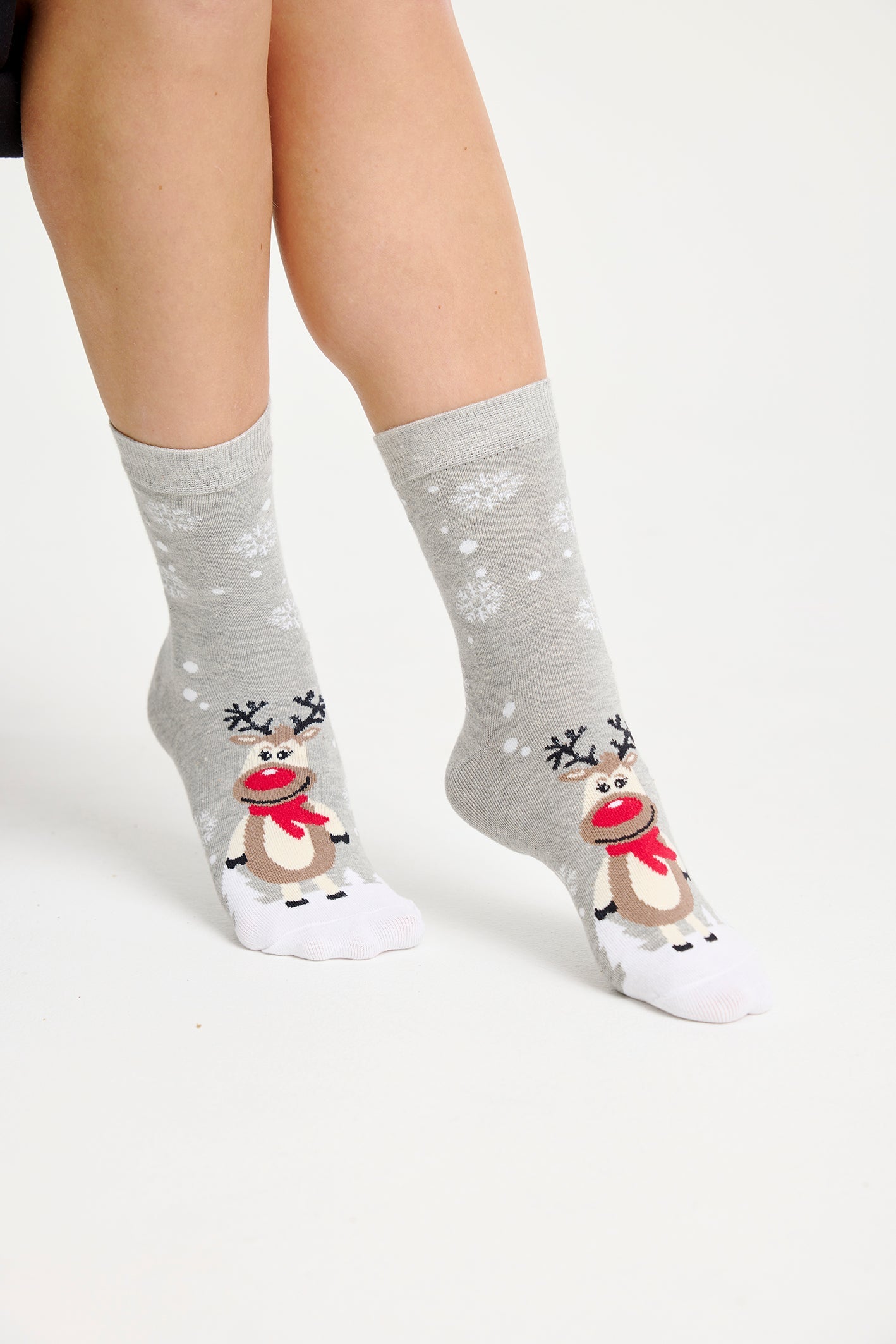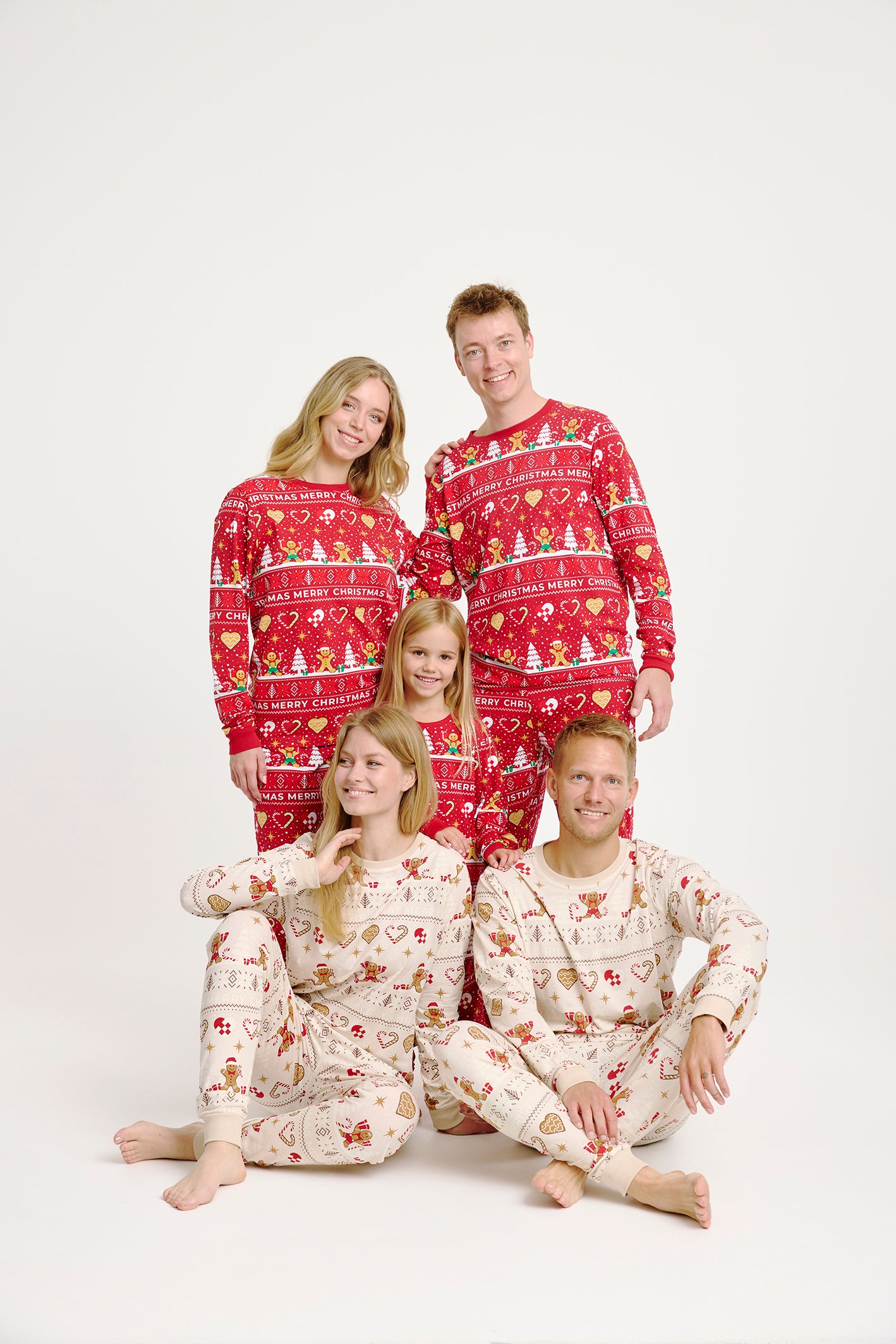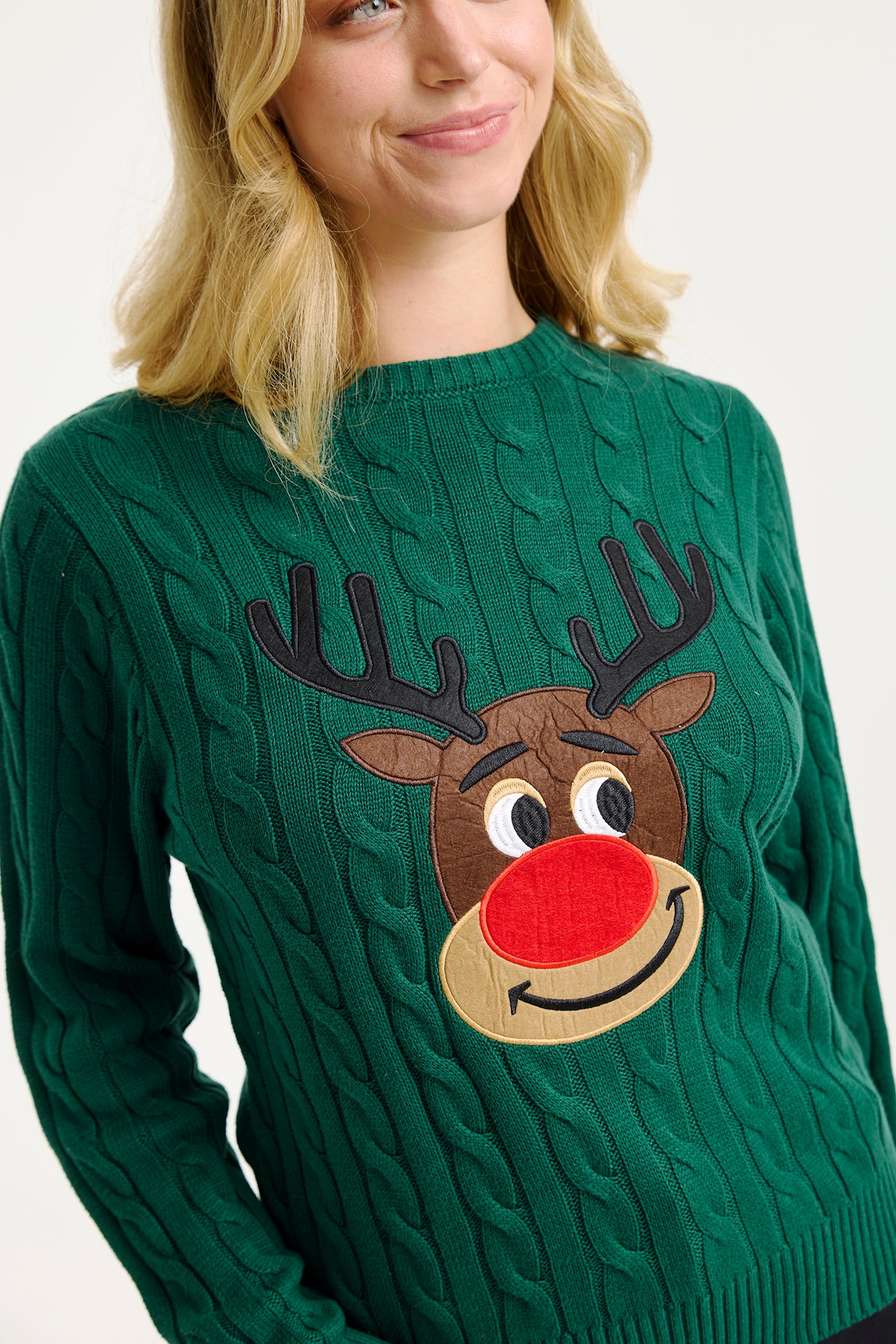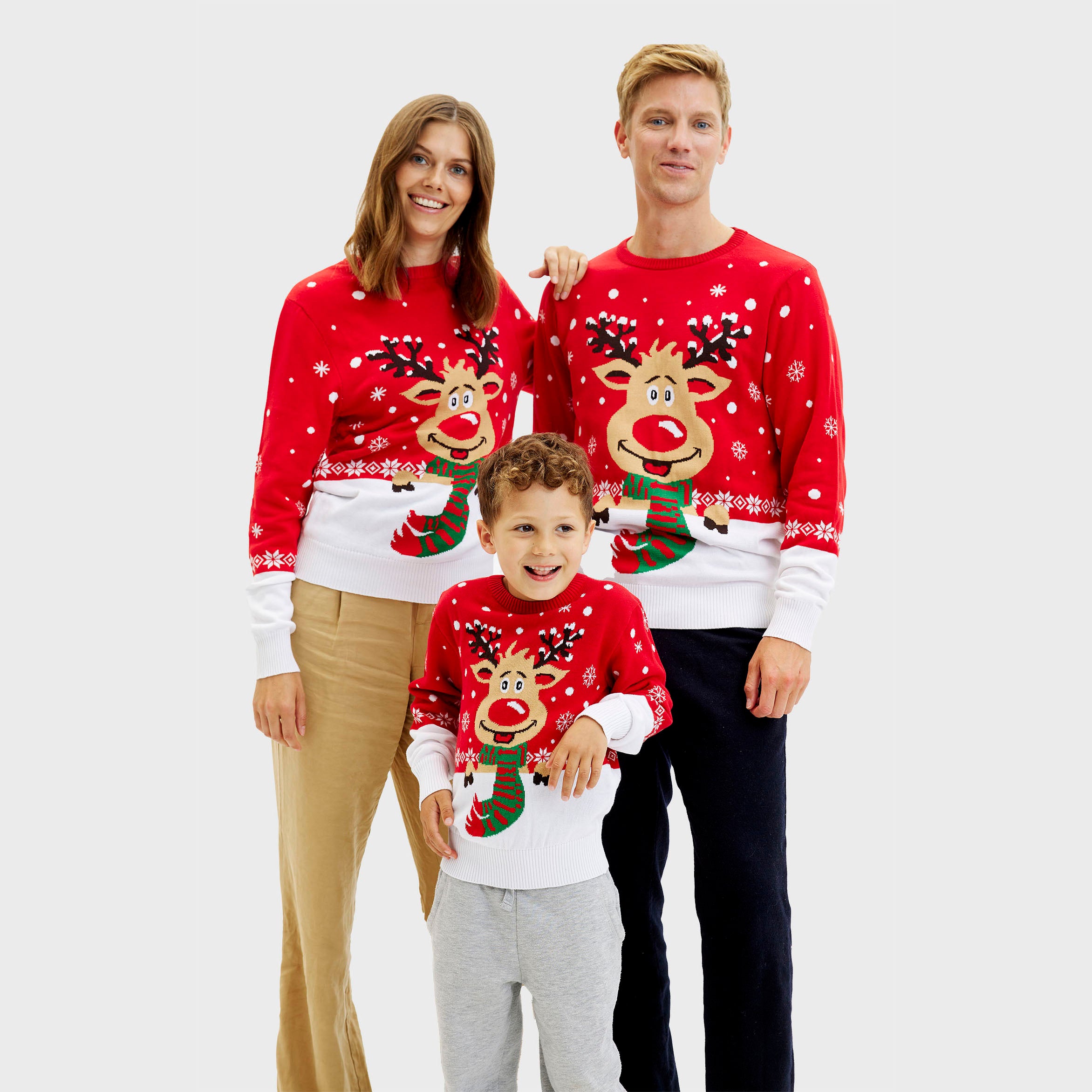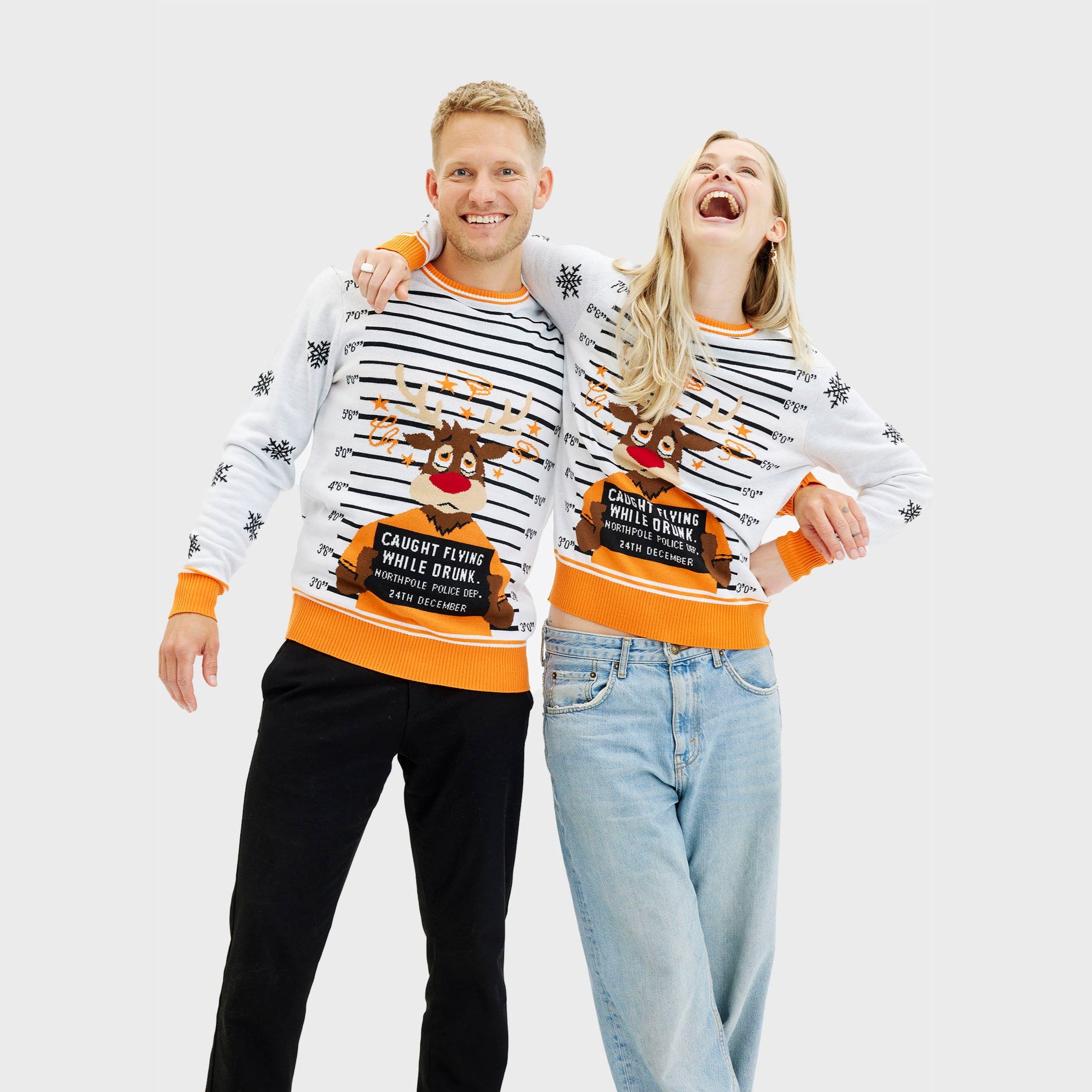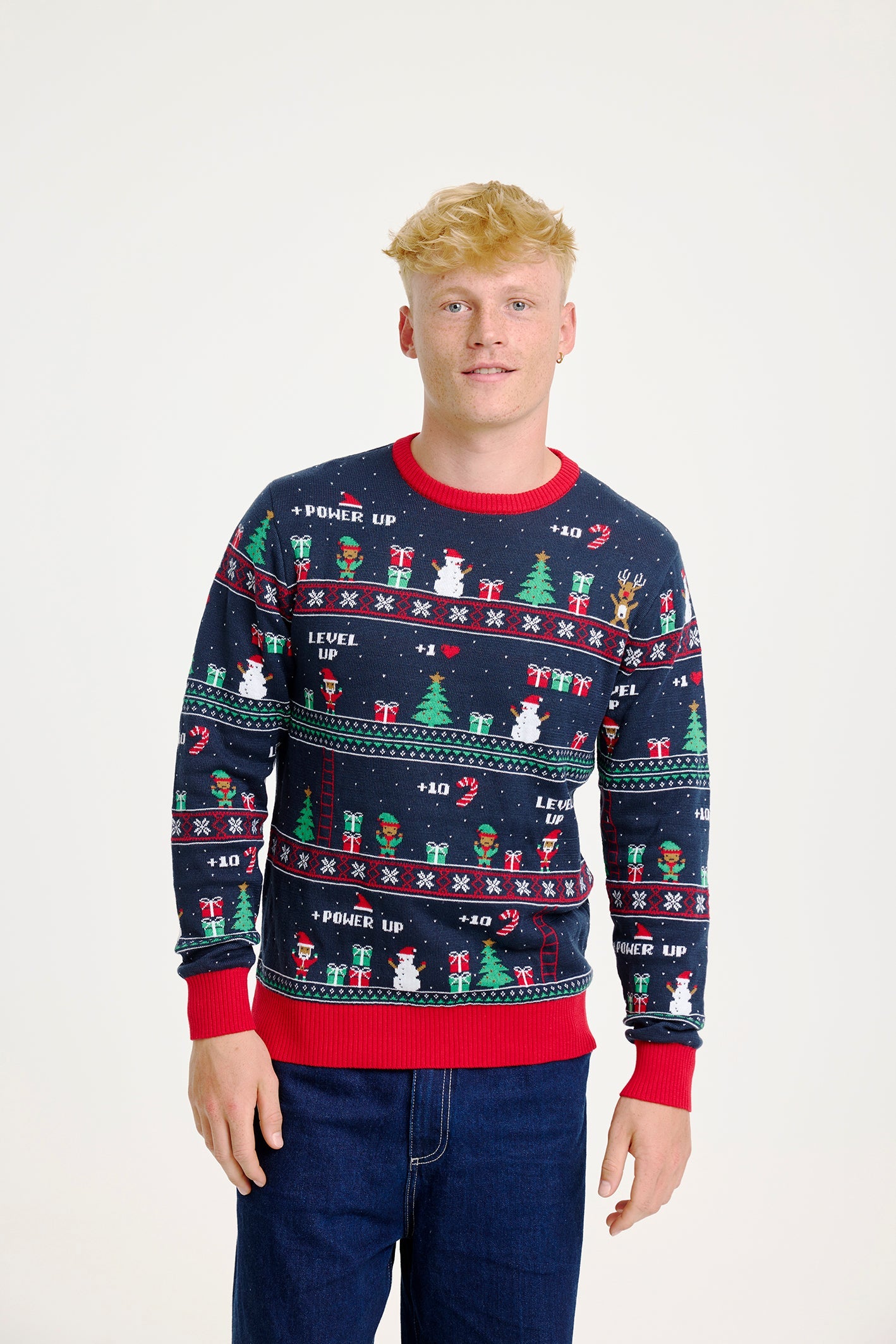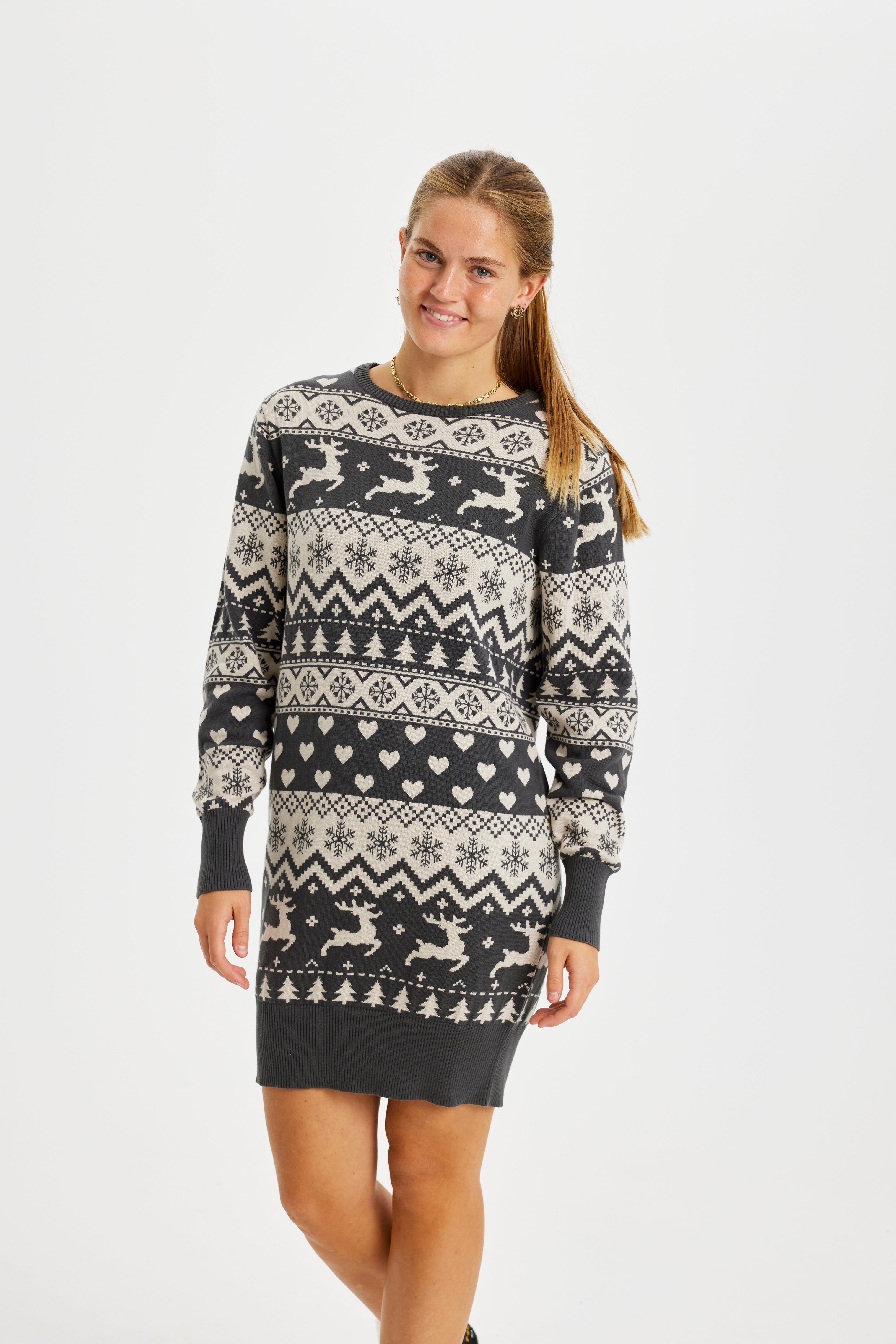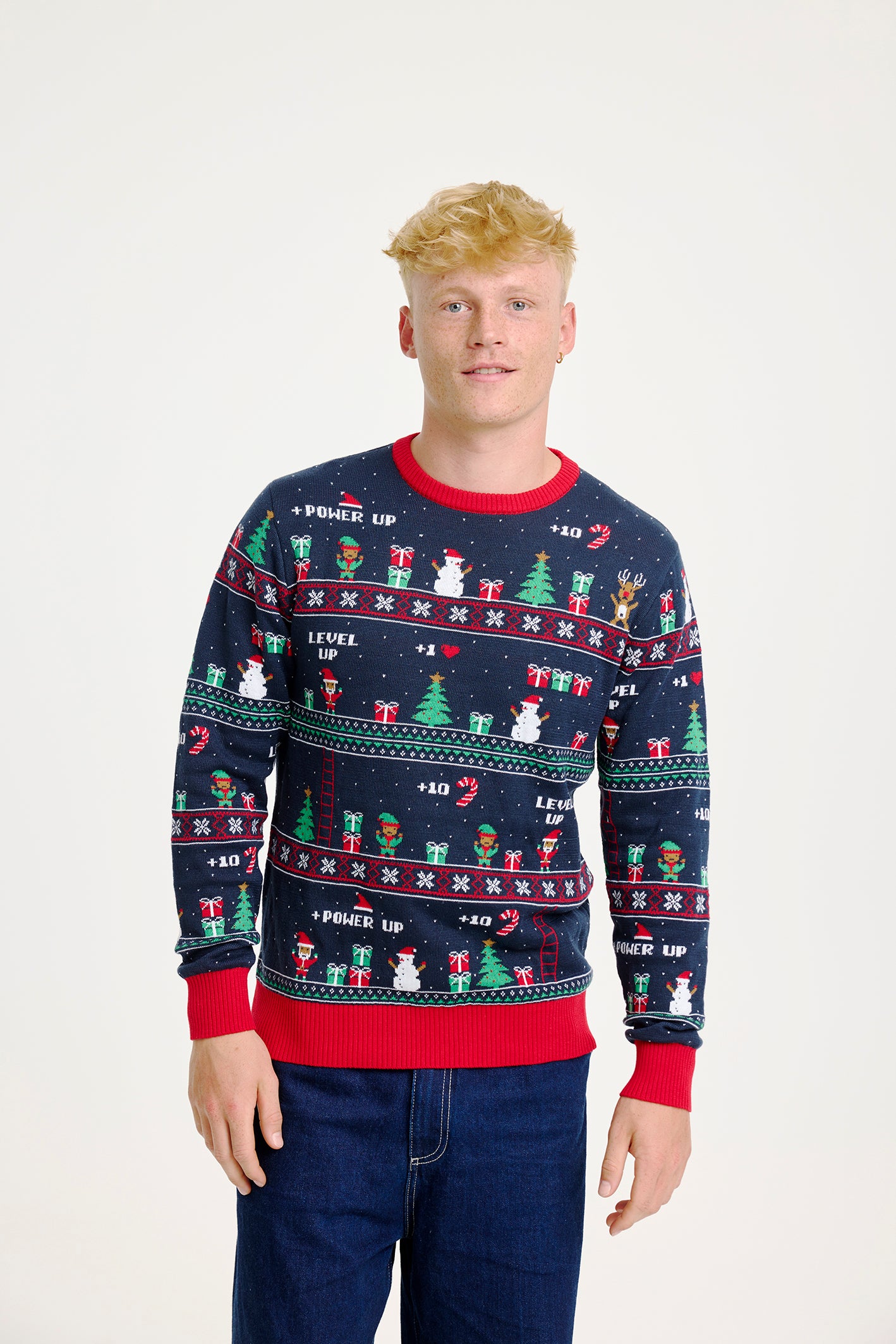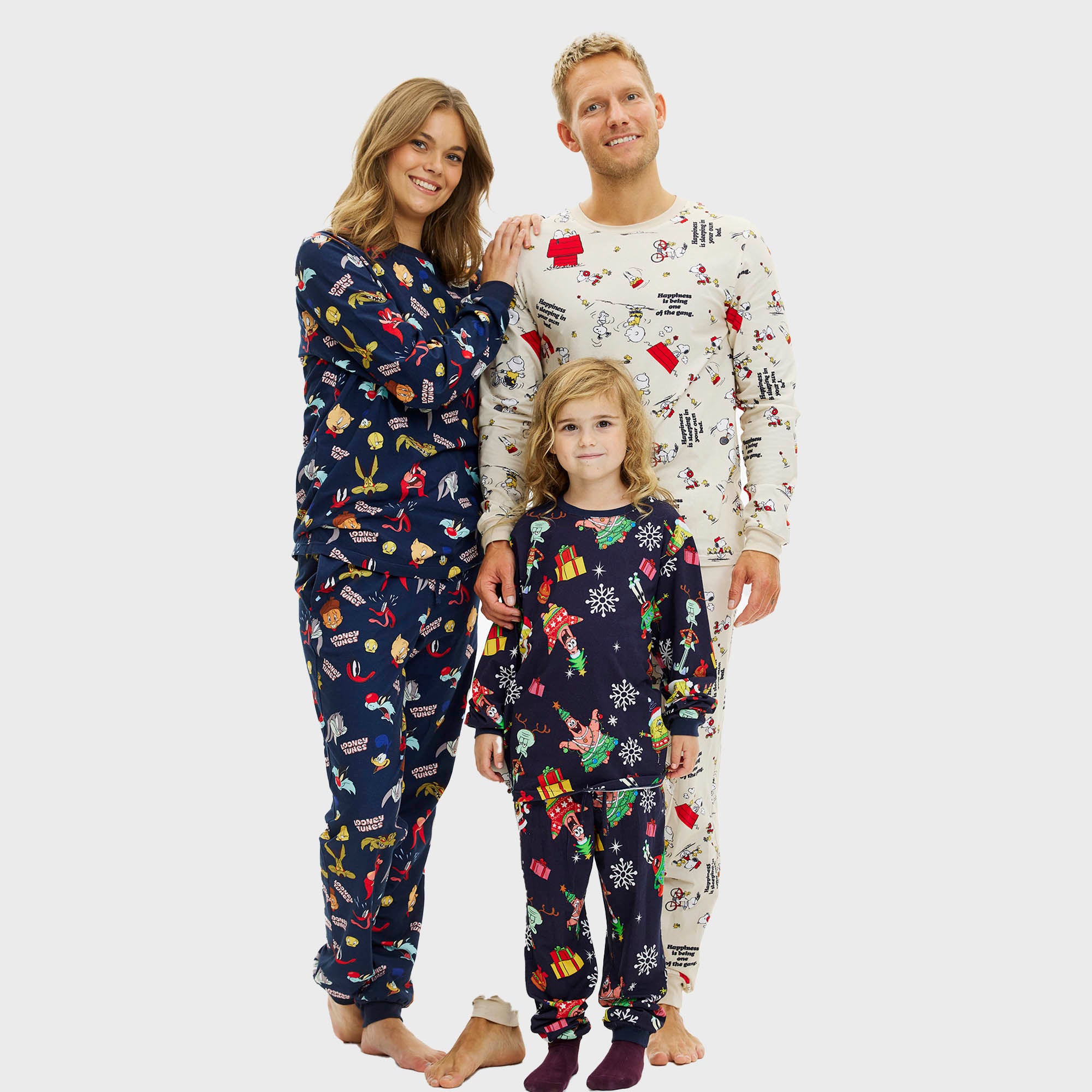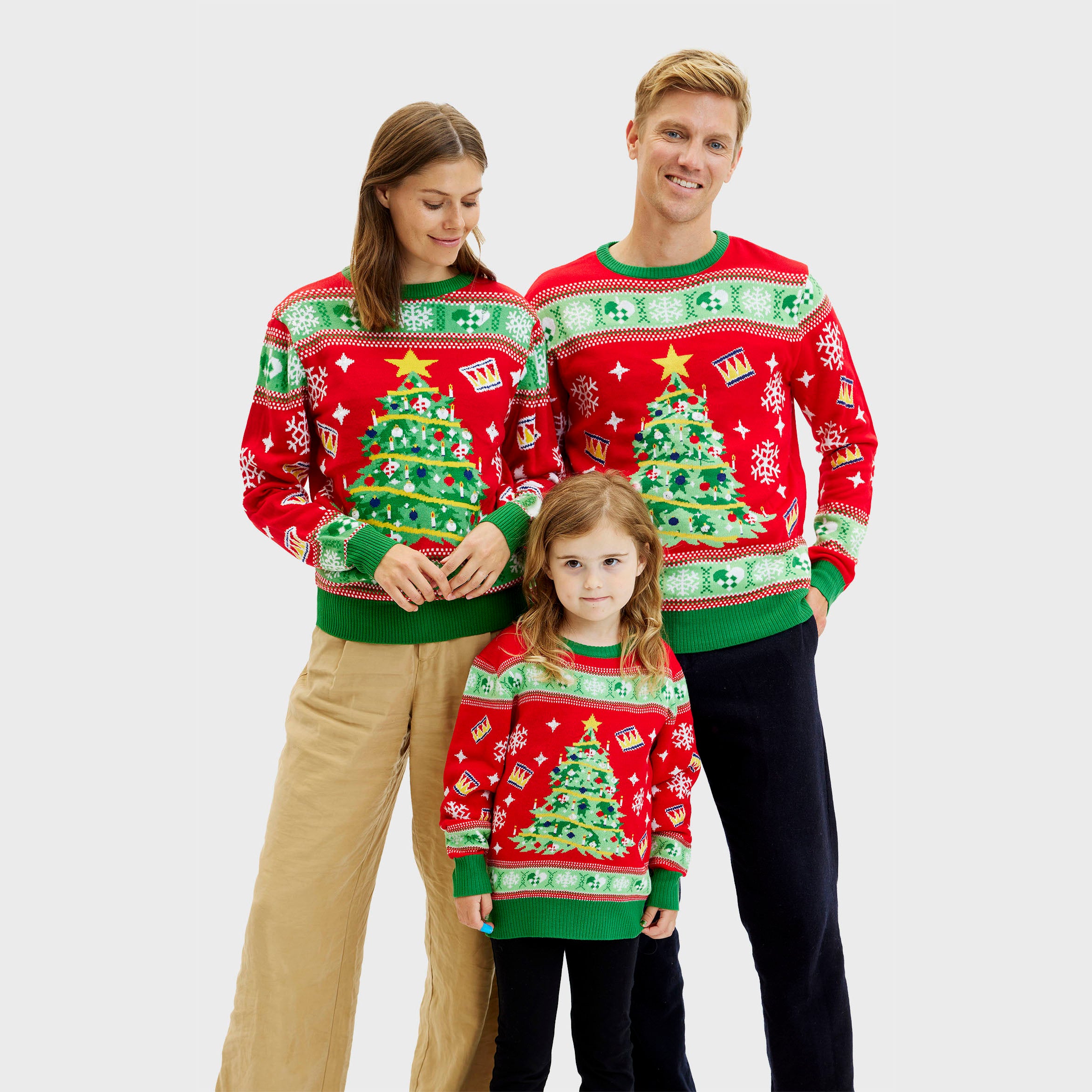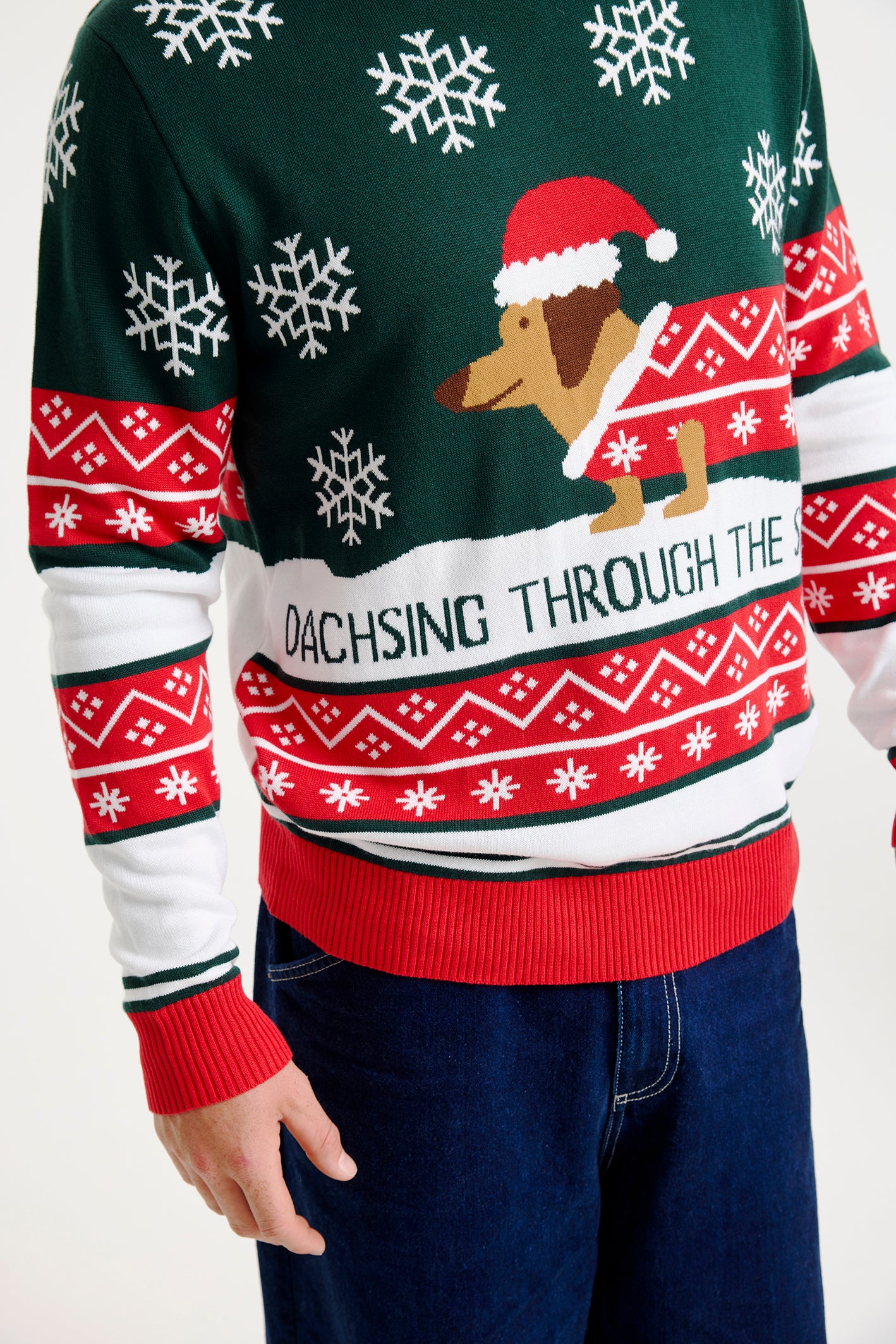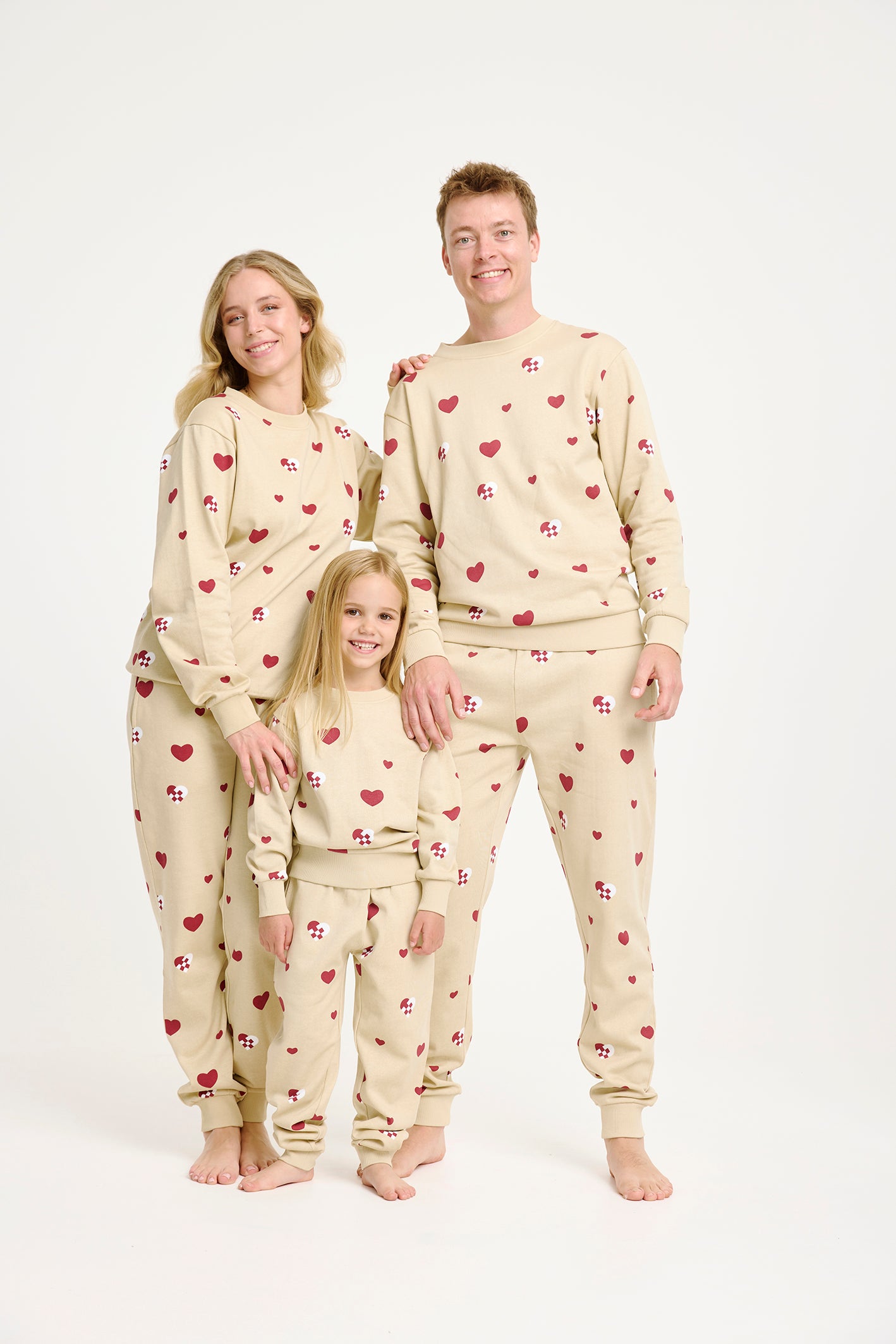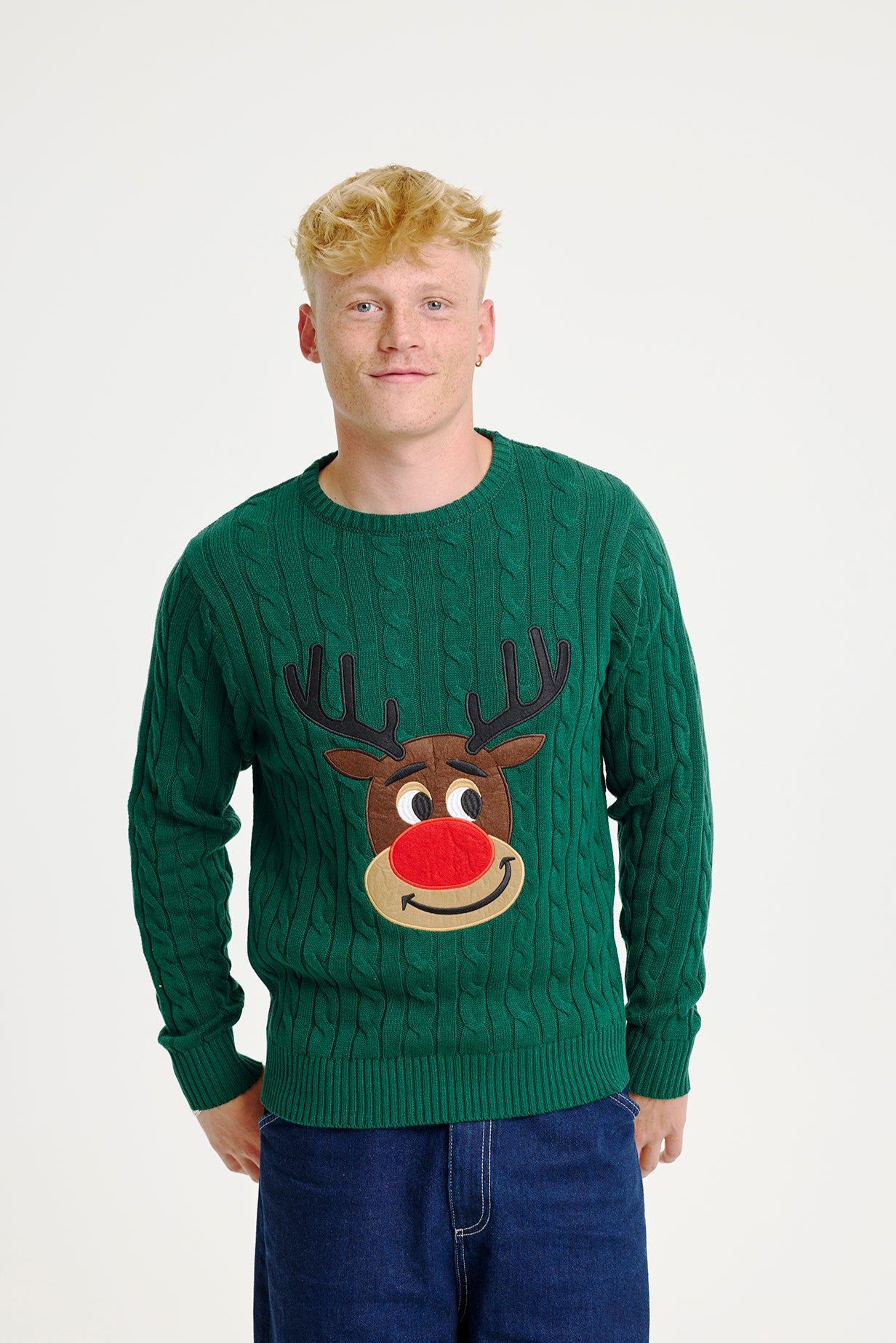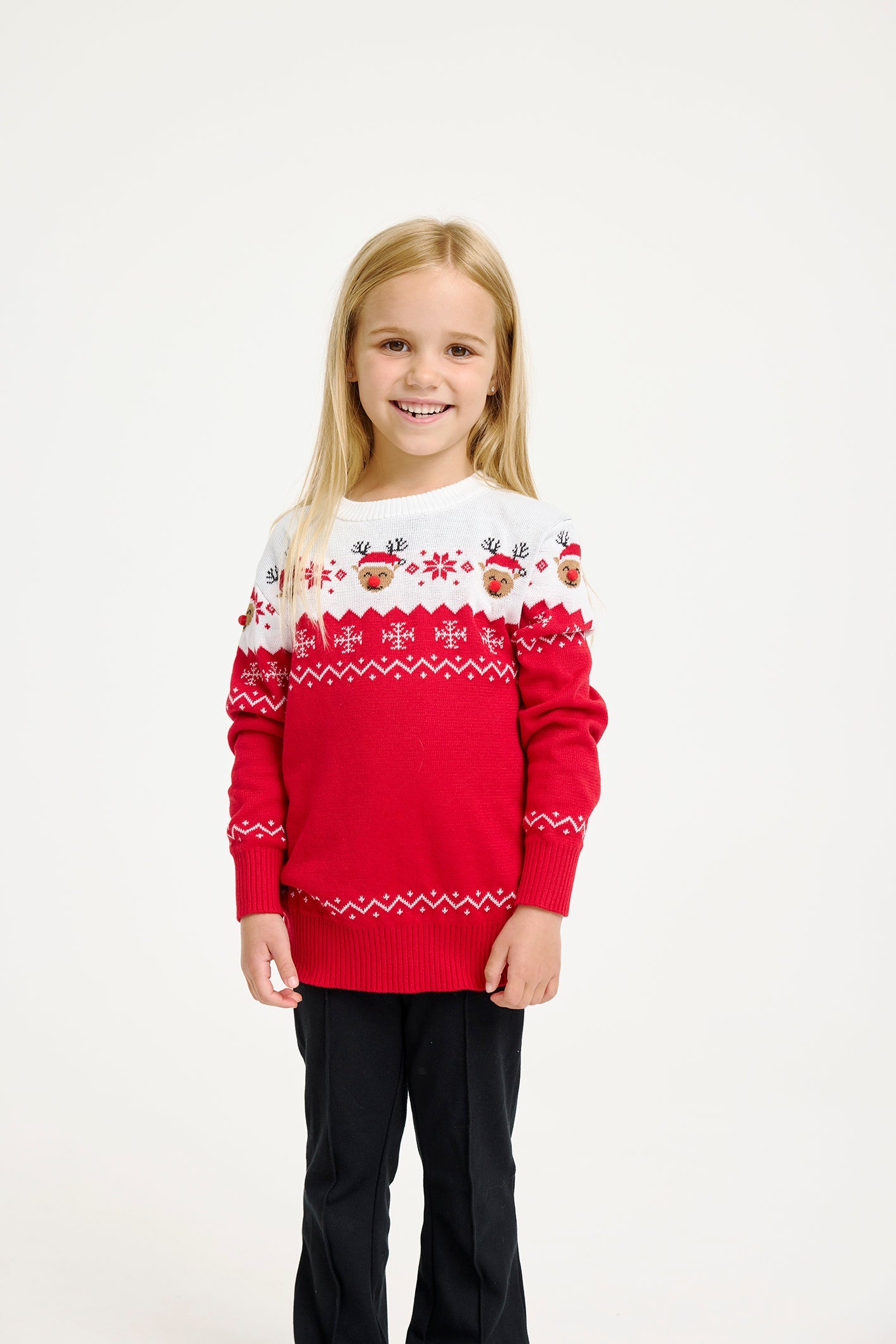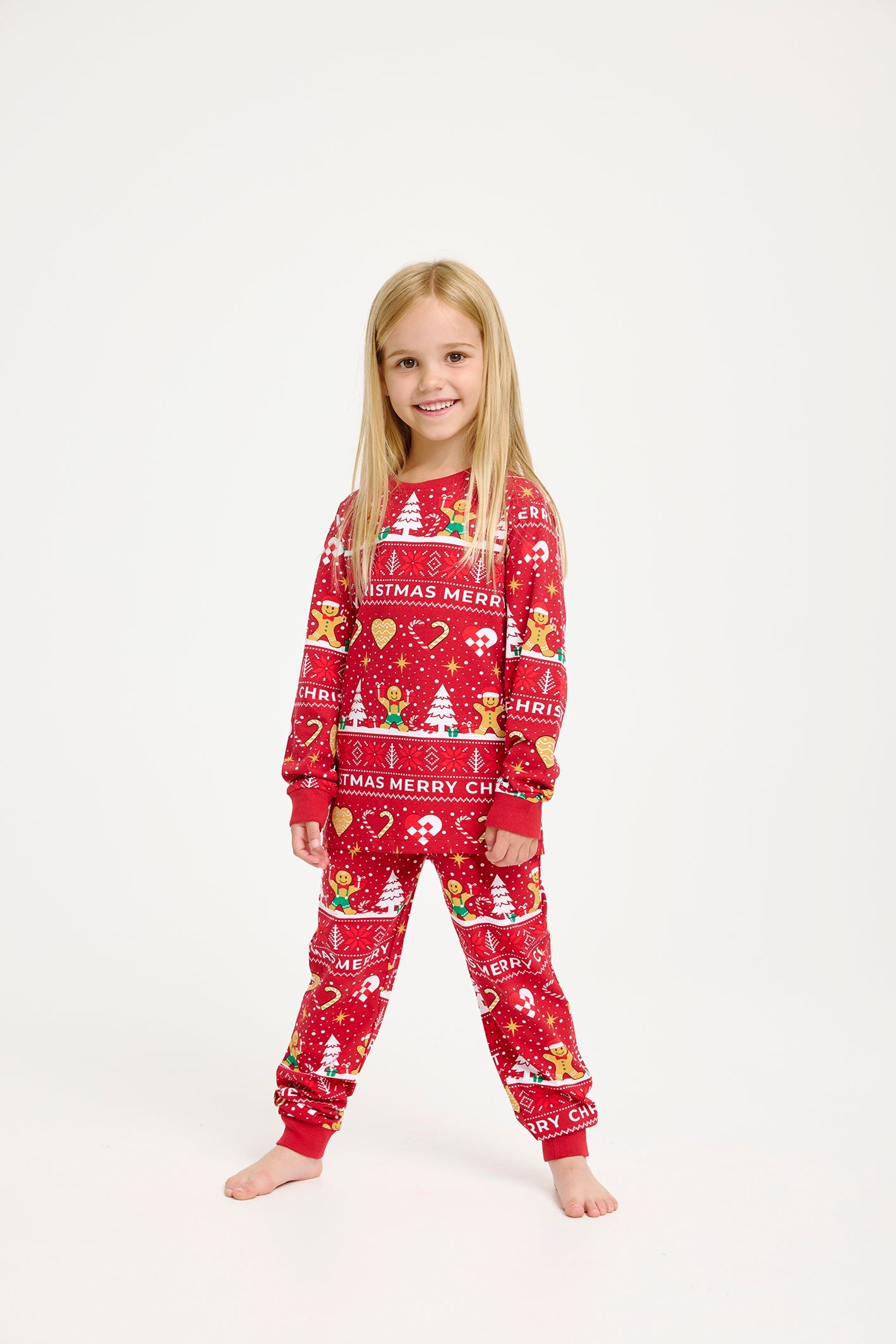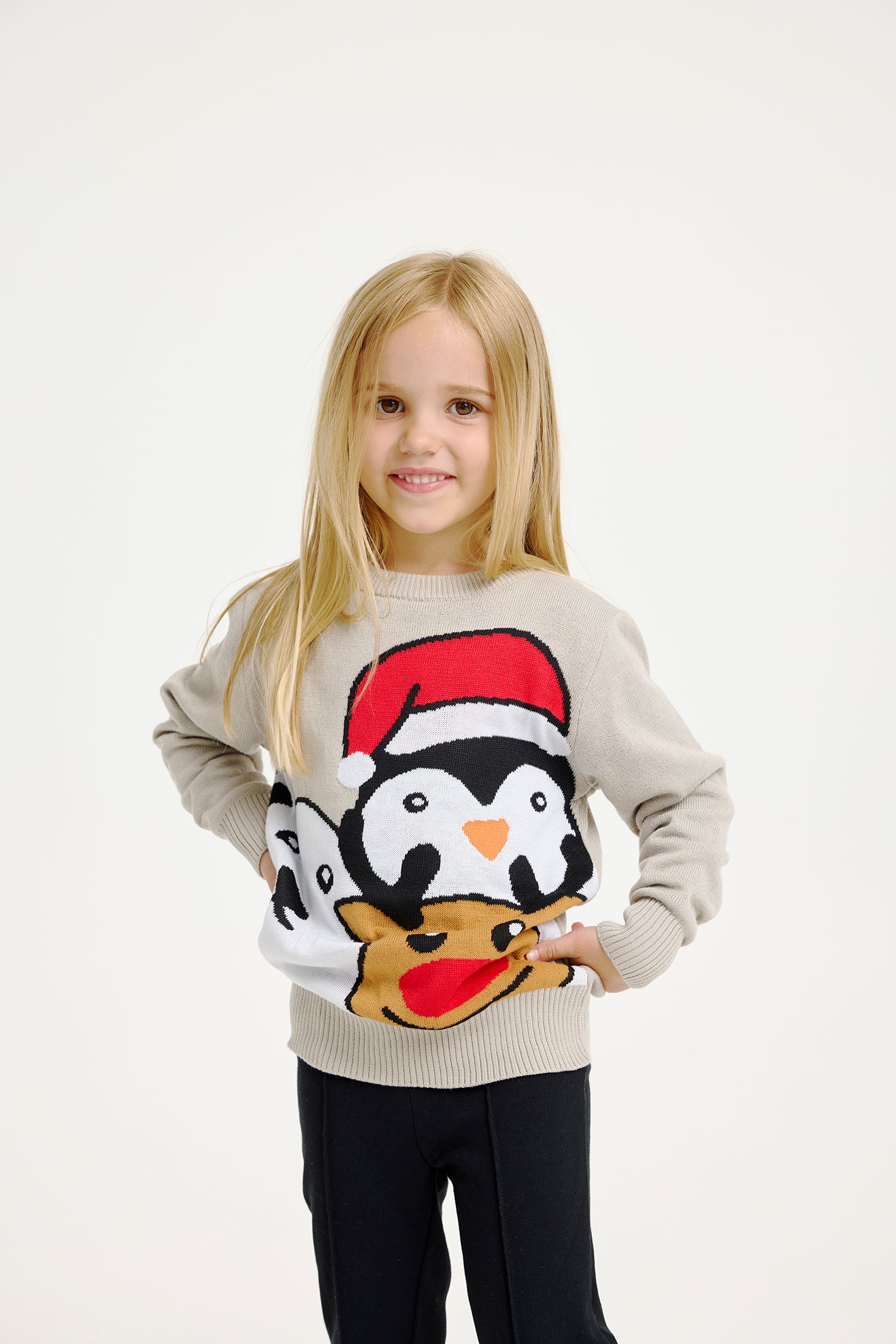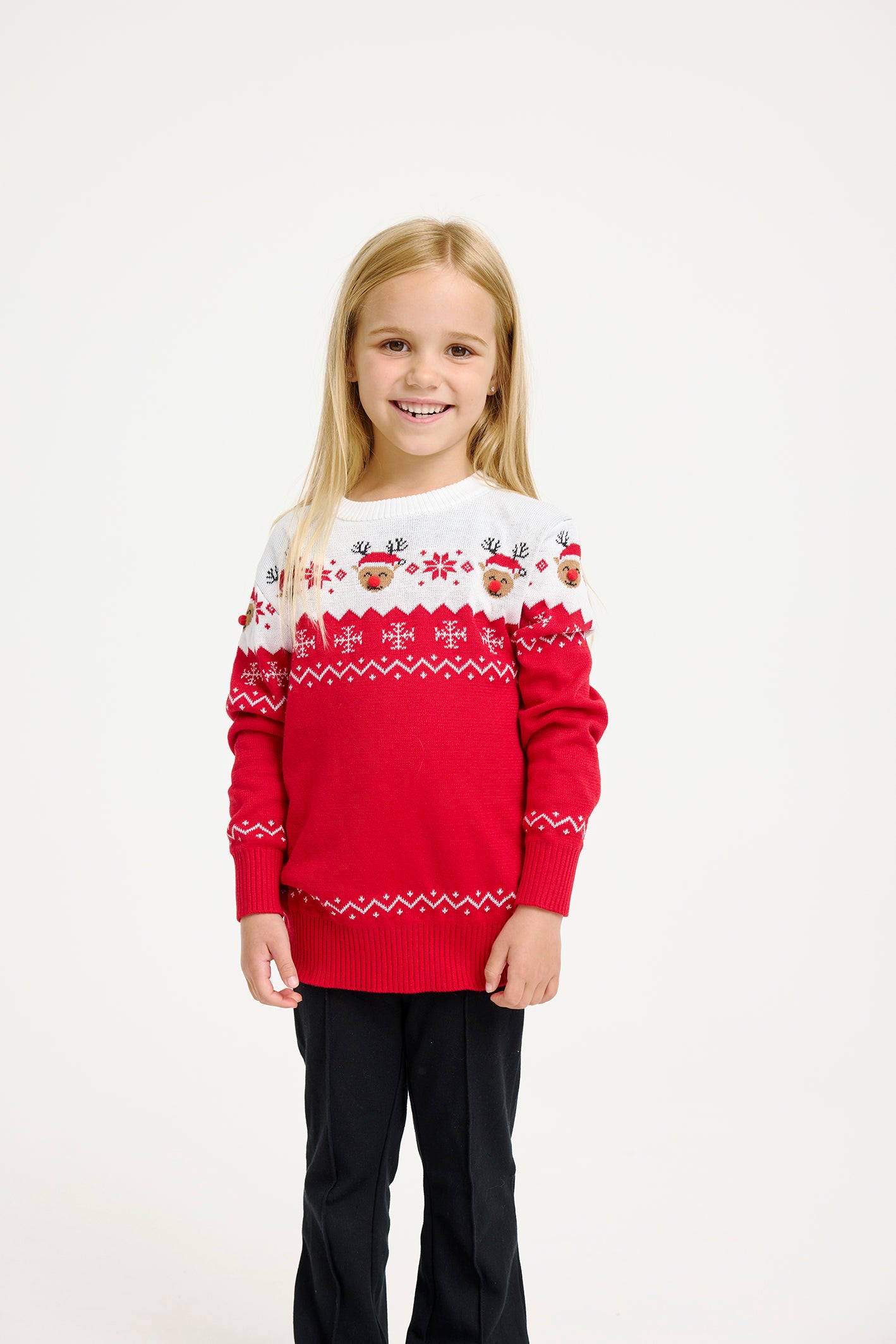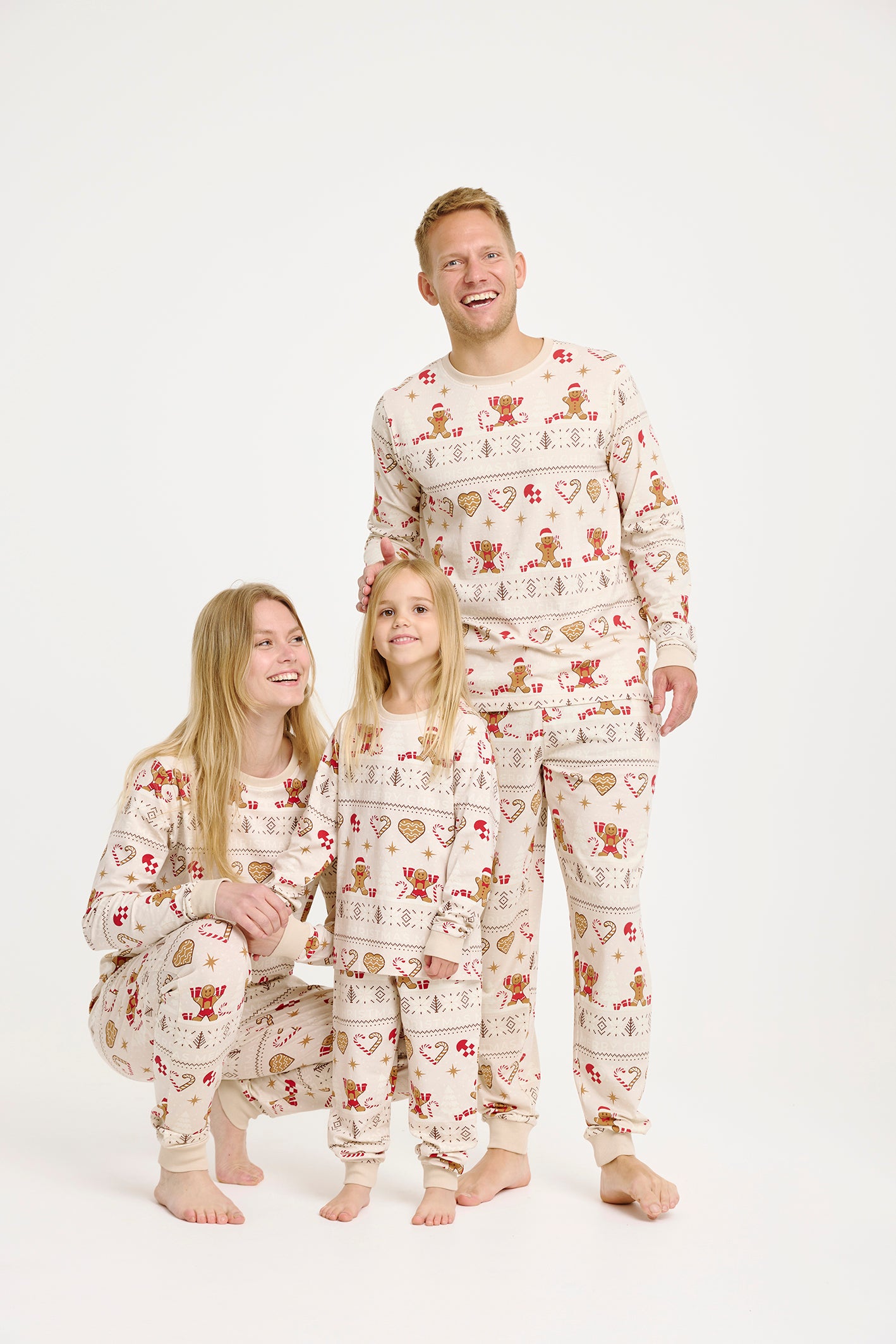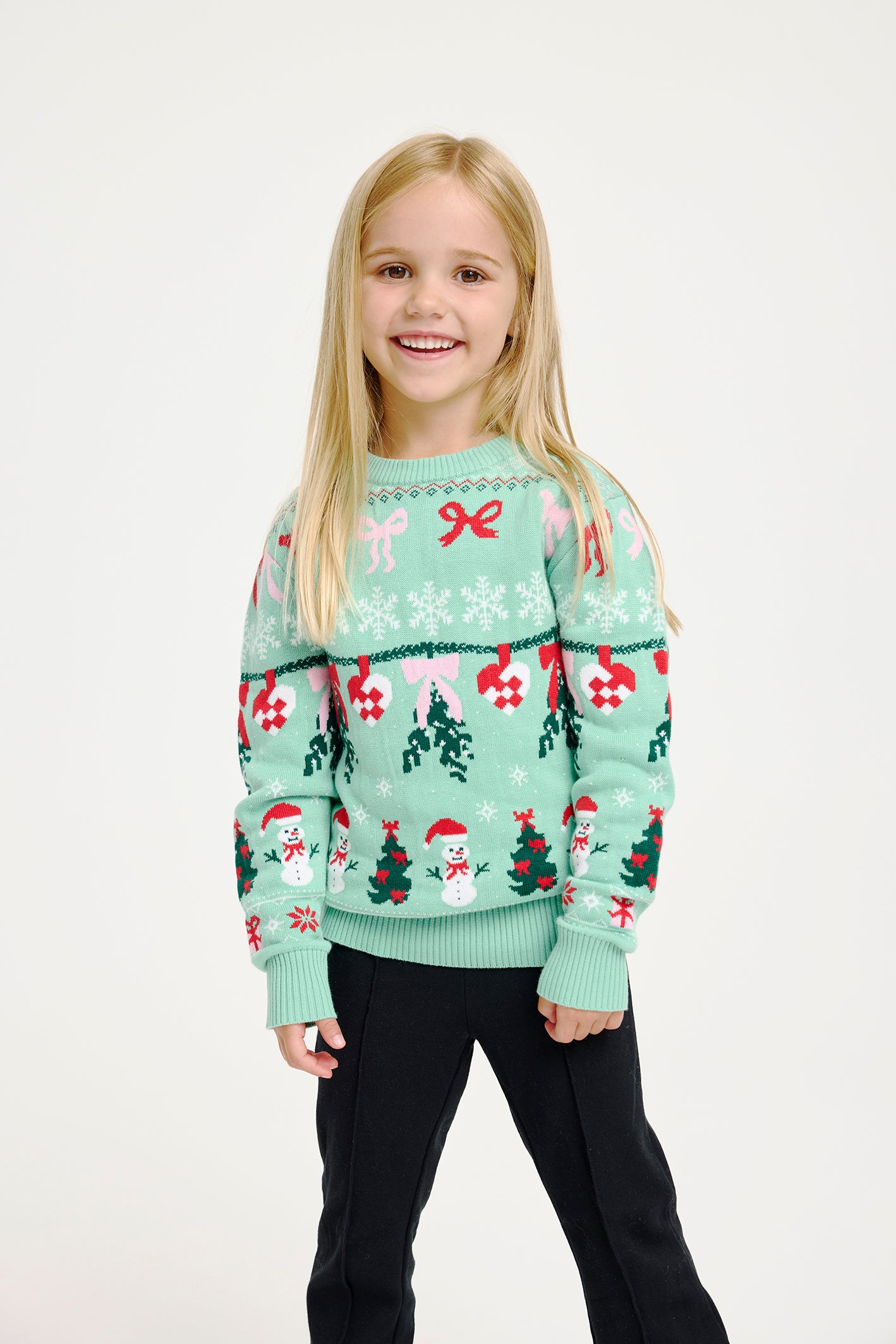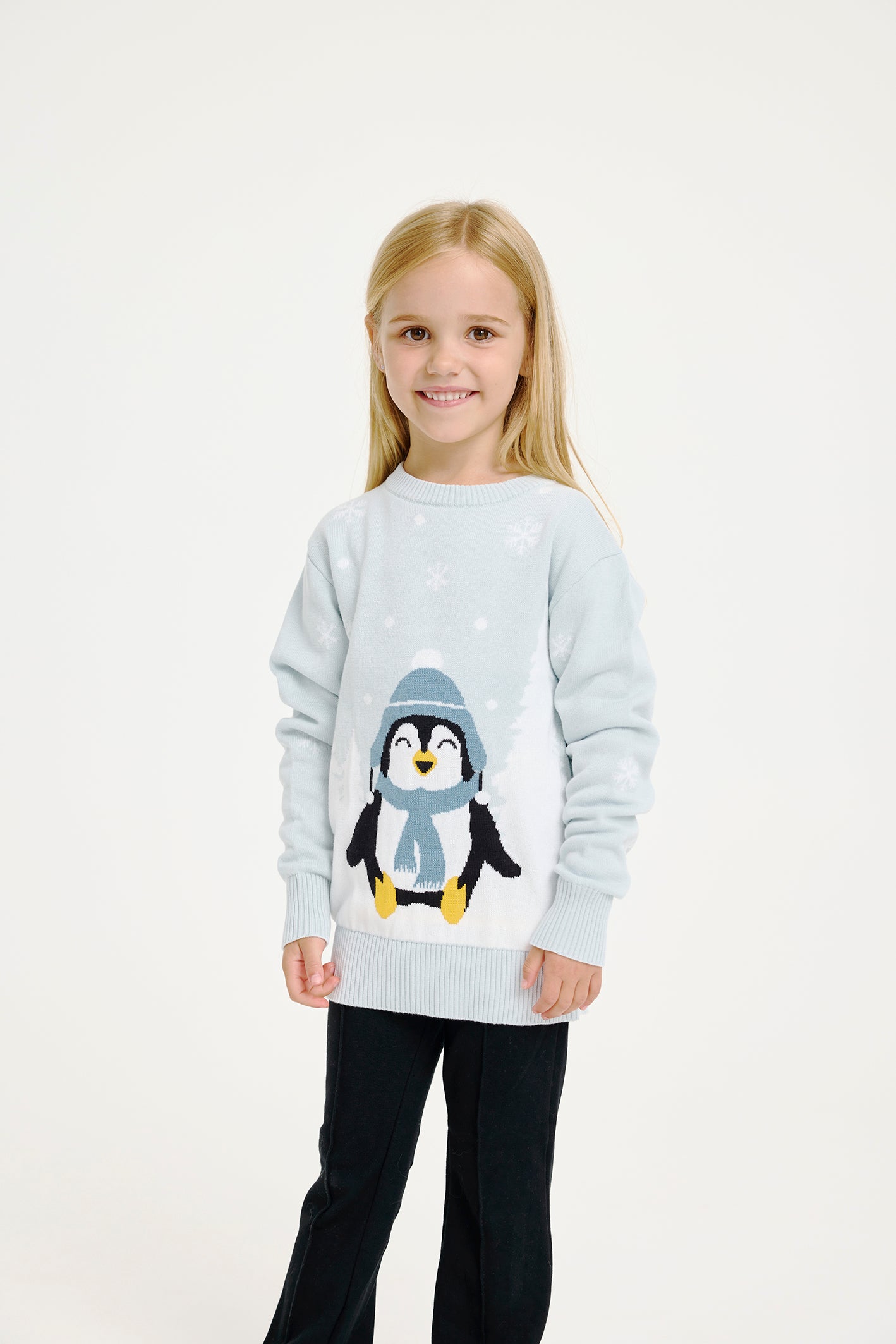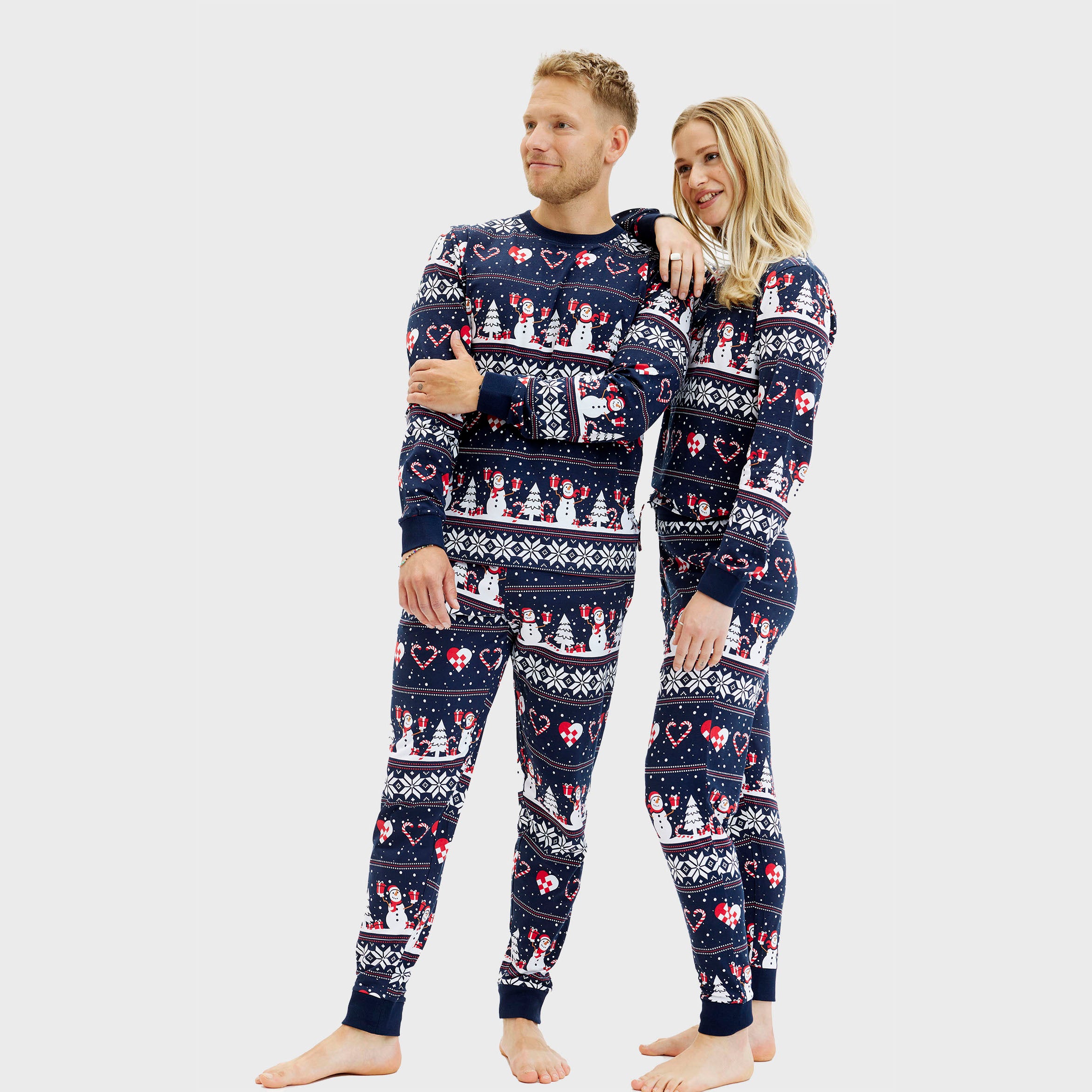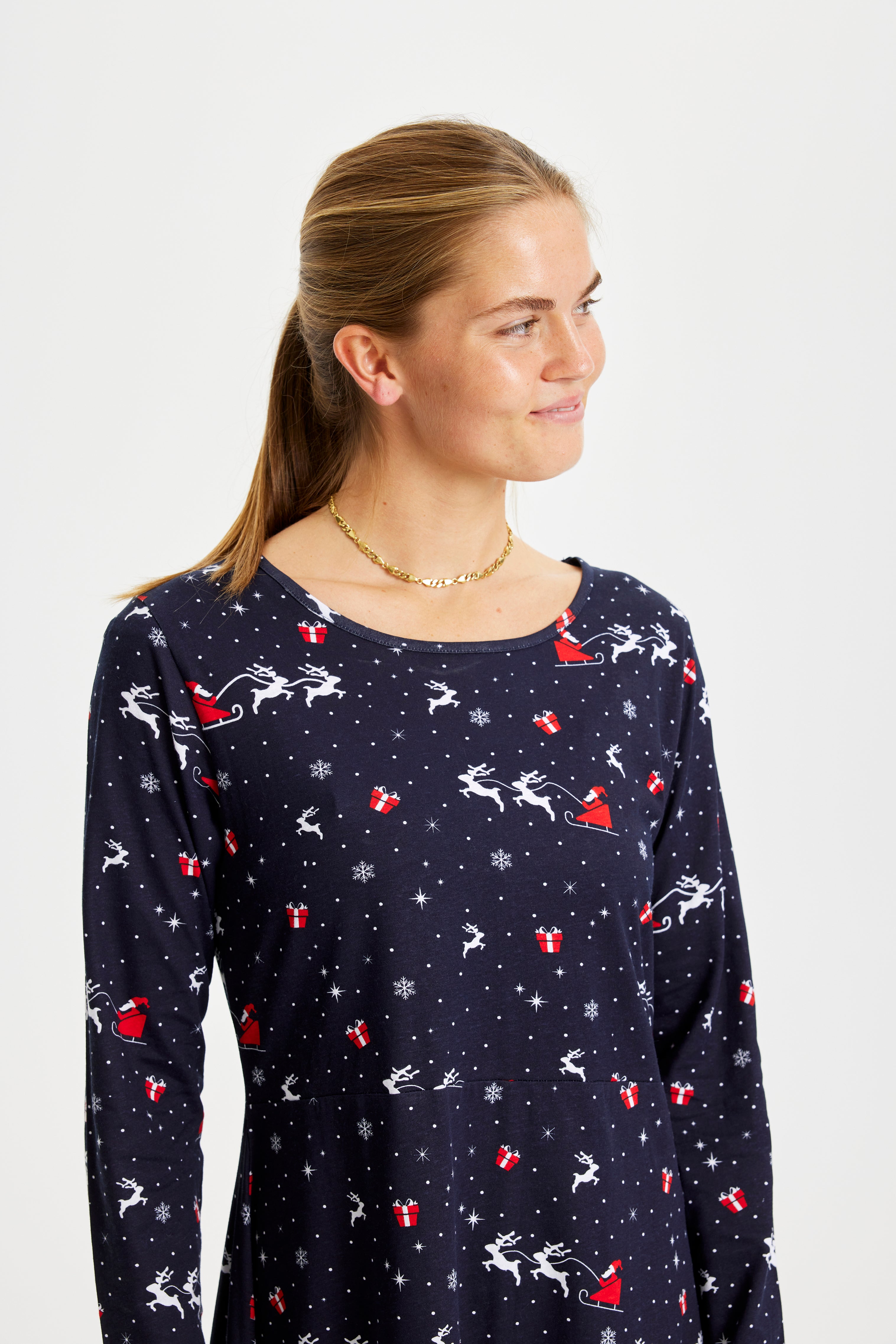23 October 2025
What do i want for Christmas?

You scroll past gift guides and stare at a blank wishlist, wondering what to ask for this year. That pause between ideas and decisions is familiar to many, whether your tastes have shifted since last Christmas or you simply prefer experiences over things. It’s the same small crisis that makes online lists feel either too generic or oddly specific.
The common dilemma
Uncertainty shows up in three ways: changing interests that make last year’s picks feel irrelevant, the choice between buying objects or booking experiences, and the worry that a requested item will sit unused. None of these are wrong, but they do call for a different approach than copying someone else’s list.
Who this helps
- Teens trying to balance trends and practical gifts
- Adults whose priorities have shifted toward home or leisure
- People who usually say “I don’t want anything” and need alternatives
Quick roadmap
To turn indecision into a useful wishlist, consider four simple categories: personal items, experiences, practical consumables and meaningful non-material requests. If you want something playful for an office party, check novelty pieces like funny Christmas sweaters. For tighter budgets, look through cheap Christmas jumpers that still feel thoughtful. If family mornings matter, add matching sets such as Christmas pajamas for kids and adults to your list. For someone prioritising impact over things, include an eco option like a sustainable Christmas sweater or a gift experience.
Next, pick items across price ranges and mix one or two experiences into the list. That variety helps different givers choose something that fits their budget while still hitting your preferences. In part two you’ll find practical category ideas and sample wishlists to make the final step simple and shareable.
Core categories and quick descriptions
When you narrow choices into clear buckets, the wishlist becomes practical and shareable. Physical gifts include clothing, gadgets, books and home items. Experiences cover concerts, short trips, classes and pampering sessions. Practical and consumable items are pantry treats, self-care kits and things that get used up. Intangible options mean memberships, digital services and donations directed by the recipient.
Ideas matched to who will give or receive
Different life stages often call for different starters on a list. Use these as a springboard, not a strict rule.
For teens
Tech accessories like portable chargers and wireless earbuds, trend-friendly tops or novelty items, and hobby kits such as model sets or starter camera kits. If matching sleepwear is part of the family plan, include matching Christmas pajamas for simple mornings together.
For young adults
Home basics that feel grown-up, wardrobe upgrades such as a smart sweater, or subscriptions for streaming and fitness. Small practical upgrades often make life easier without feeling indulgent.
For parents and older adults
Comfort-forward but useful items, vouchers for experience days or local events, and practical upgrades like a quality kitchen tool or service voucher. Experiences that include family time are especially easy to organise.
Sample wishlists by price band
The following grid helps givers pick according to budget while still matching an interest.
| Interest | Small (under $50) | Mid ($50 to $200) | Splurge ($200+) |
|---|---|---|---|
| Tech | Phone stand, earbuds case | Wireless earbuds, smart speaker | Tablet, high-end headphones |
| Home & Kitchen | Ceramic mug, spice set | Air fryer accessory, quality sheet set | Premium espresso maker, robot vacuum |
| Fashion & Loungewear | Socks or scarf | Signature sweater or cozy set | Statement coat or designer knit |
| Experiences | Gift card for coffee | Cooking class, theatre tickets | Weekend getaway or concert trip |
| Hobbies & DIY | Basic tool kit or sketchpad | Advanced kit or workshop | Professional equipment |
| Self-care | Face mask set, candles | Spa voucher, quality skincare | Multi-session wellness package |
How gift finders and questionnaires usually work
Most tools start with a few quick questions about interests, age and budget and then return a short list of matches by category. Use their suggestions to refine your wishlist, then swap items in or out to suit preferred formats such as physical product, voucher or scheduled experience.
Quick checklist to turn inspiration into a shareable wishlist
- Pick three to five definite items or experiences across the small, mid and splurge bands.
- Note key preferences such as sizes, colours or dates for experiences.
- Add one wild card labelled surprise me and one non-material request like shared time or a donation.
- Include at least one low-cost option so every giver can participate.
If you want playful options for group gatherings, check the funny Christmas sweaters collection for easy icebreakers. For budget-conscious choices include a link to cheap Christmas jumpers so gift givers can see affordable but thoughtful options. When mornings together are part of the wish, consider adding matching Christmas pajamas for kids and adults to keep the whole family coordinated.
Alternative wishlist formats to spark your creativity
When the question what do I want for Christmas lingers, changing the shape of your wishlist can feel like the first smell of cinnamon in the kitchen. Try one of these formats to make wishes easier to share and more inviting to give.
- Themed lists: Tech only, comfort only, or experiences only, each with a short note about why it matters.
- Tiered wishlist: Small, Medium, Large, with a line about occasion or urgency for each item.
- Shared family wishlist: Group gifts and pooled experiences with an estimated total and suggested contribution sizes.
- If you want to splurge vs If you want to stay modest: Two columns so givers can pick a price mood that suits them.
Simple templates you can copy and paste
Keep entries short and useful. Fillable templates help busy relatives choose something that fits, and they look tidy in a message or on a shared note.
- Basic template: Item, Why I want it, Size/Variant, Preferred format (Physical or Voucher).
- Experience template: Experience, Preferred dates or season, Max group size, Accessibility notes.
- Group gift template: Item or experience, Estimated cost, Suggested contribution per person, Target date.
Where to look when inspiration runs dry
If you want the feeling of wandering through a cosy market without leaving home, try a mix of sources and let small discoveries spark bigger ideas.
- Community threads and social feeds for up-to-the-minute trends and honest, lived-in recommendations.
- Seasonal gift guides and curated lists for evergreen ideas and themed bundles.
- Gift-finder tools for quick tailored suggestions based on interests and budget.
And when you imagine a quiet morning with the scent of pine and the sound of soft carols, note that a cozy Christmas sweater or matching Christmas pajamas can make a simple experience feel like a small, wearable tradition.
Frequently asked questions
What should I do if I genuinely don’t want anything?
Offer alternatives: experiences like a shared meal, donations to a cause you care about, consumables such as pantry treats, or small requests for time together. Add one practical everyday item in case someone prefers giving things.
How many items should be on a realistic wishlist?
A balanced wishlist often contains five to twelve entries across small, medium and larger options. That range gives givers choices without overwhelming them.
Should I include prices or stores on my wishlist?
Include price ranges and preferred formats such as physical product, voucher or digital delivery. Naming a store is optional. Price hints help givers match their budget while avoiding pressure to purchase a specific retailer item.
Is it okay to ask for experiences instead of things?
Yes. Experiences are meaningful alternatives that often create lasting memories. Note preferred dates or seasons and any group size limits to make booking straightforward.
How do gift-finder or questionnaire tools produce suggestions?
They match answers about interests, age and budget to curated item pools or automated filters, then return a shortlist organised by category and price. Use the shortlist as a starting point, not a final list.
What if I want sustainable or eco-friendly gifts?
Prioritise repairable, durable or second-hand options, and list experience-based gifts. Add a short preference note like “Prefer sustainable choices” so givers can choose appropriately.
How do I include group or pooled gifts on a wishlist?
Specify the desired item or experience, estimate the total cost, and state that contributions can be combined. Offer a simple payment method suggestion to make collecting easier.
How can a wishlist work for different kinds of givers?
Structure entries by price band and format, add brief notes about who an item would suit, and include at least one low-cost option so colleagues, friends and family can all participate.
Can a wishlist include “no gifts” instructions?
Yes. Clearly list preferred non-gift options like shared time, volunteer activities or donations, and add a short explanation to make the request feel warm and thoughtful.
There is comfort in small rituals. Whether you choose a themed list, a tiered approach, or a blended mix of items and experiences, a thoughtfully written wishlist helps translate the scent of baking and the warmth of knitwear into gifts that feel right. Wrap your notes with a few sensory details, and whoever opens your list will feel the season before they even buy a thing.
Also view
23 October 2025
Ancient solstice feasts meet modern family-centered celebrations in a festival that blends midwinter customs with home-focused gatheri...

